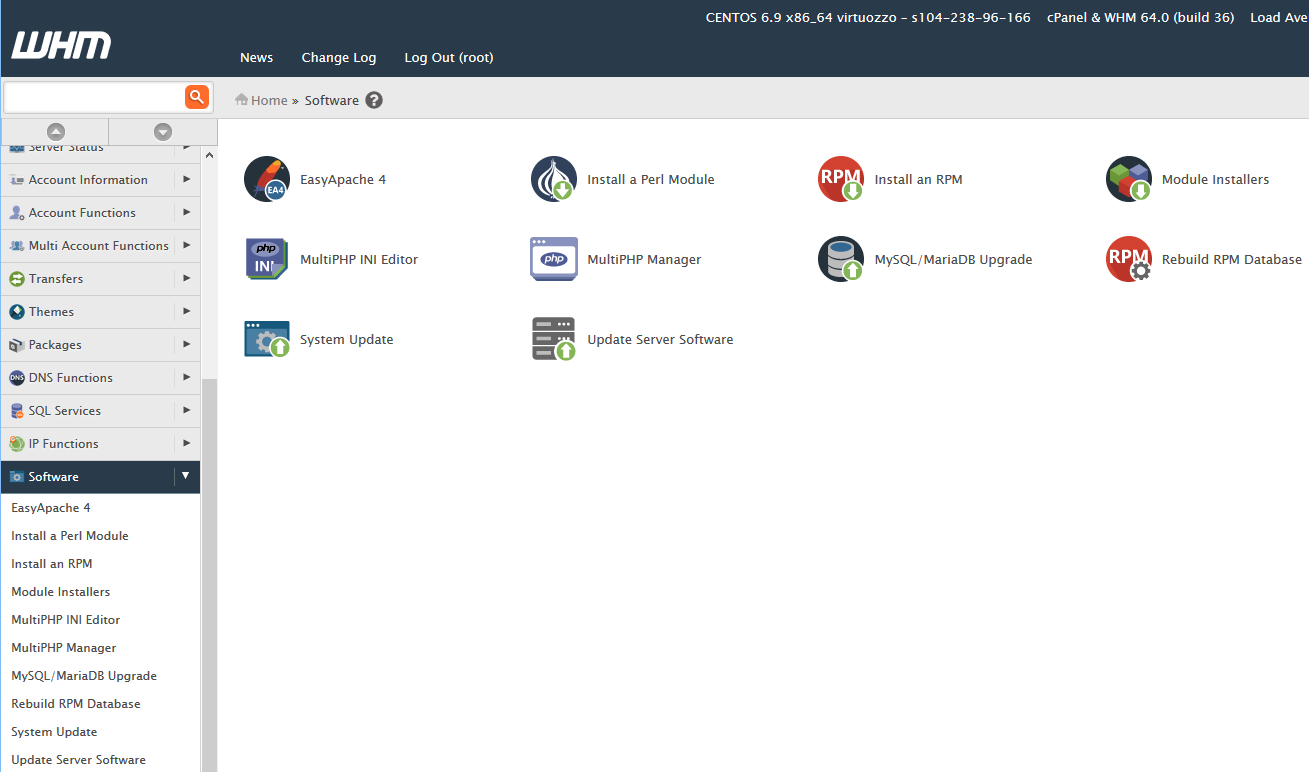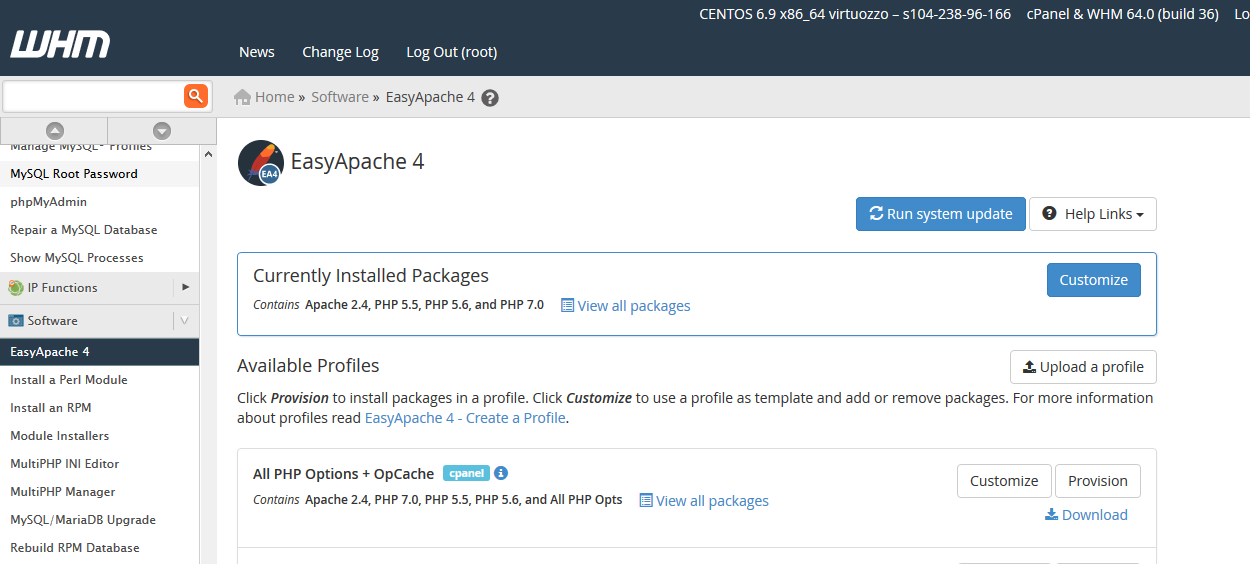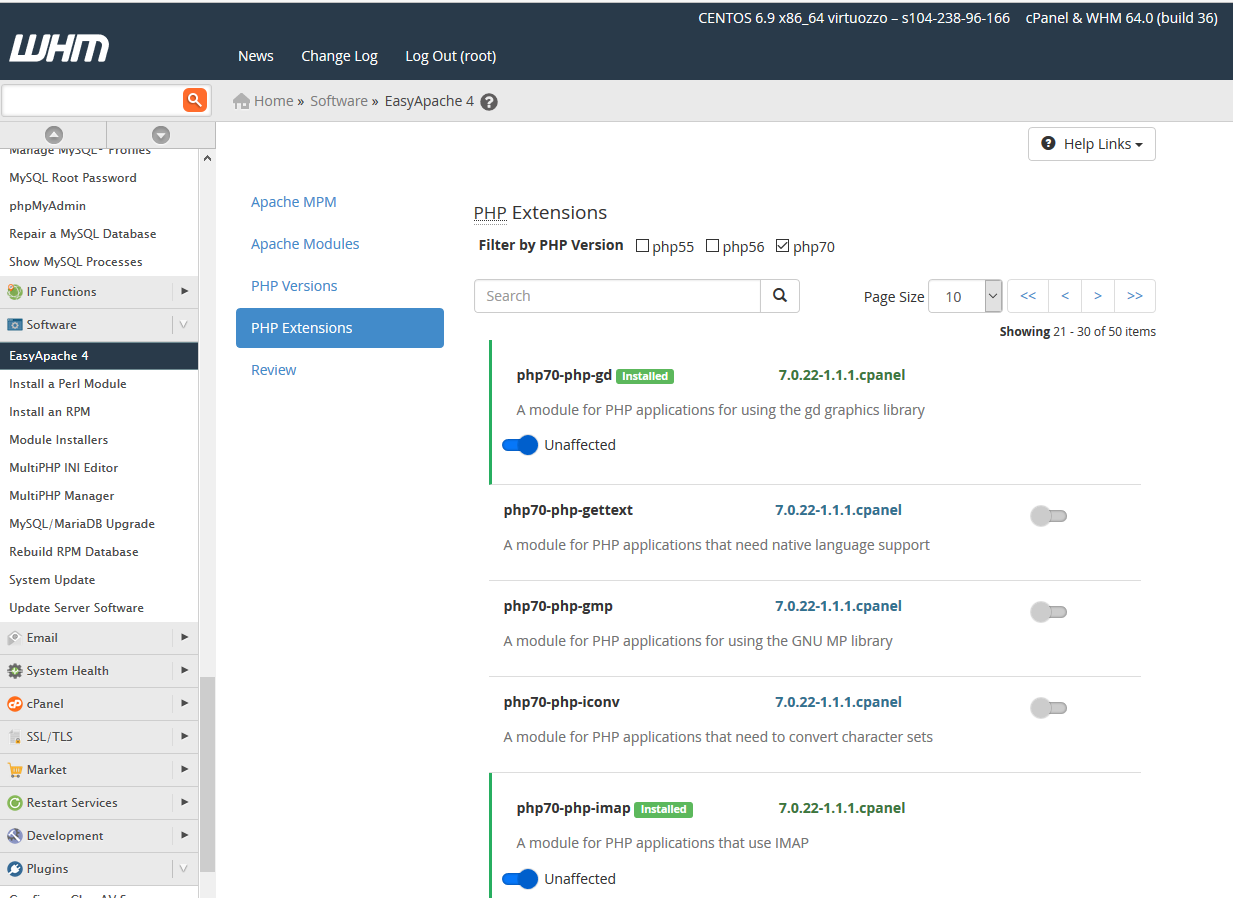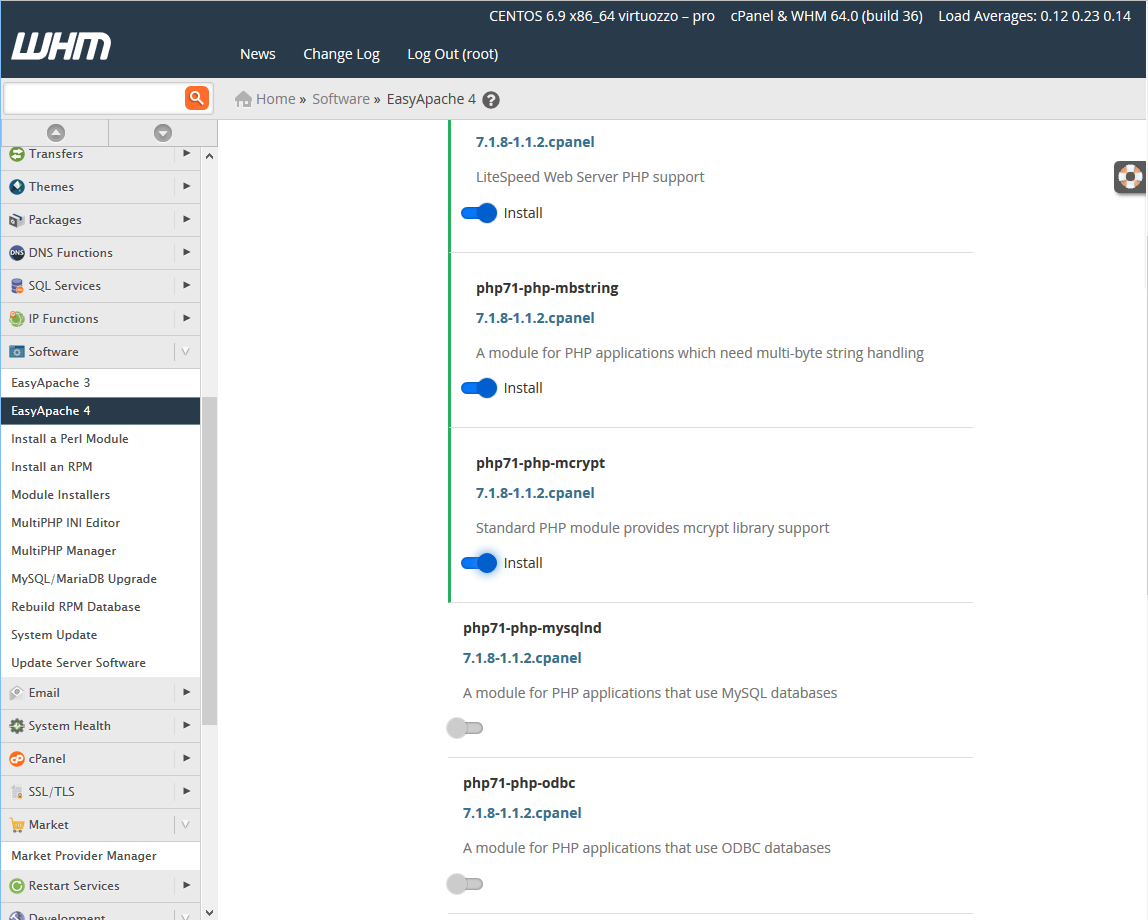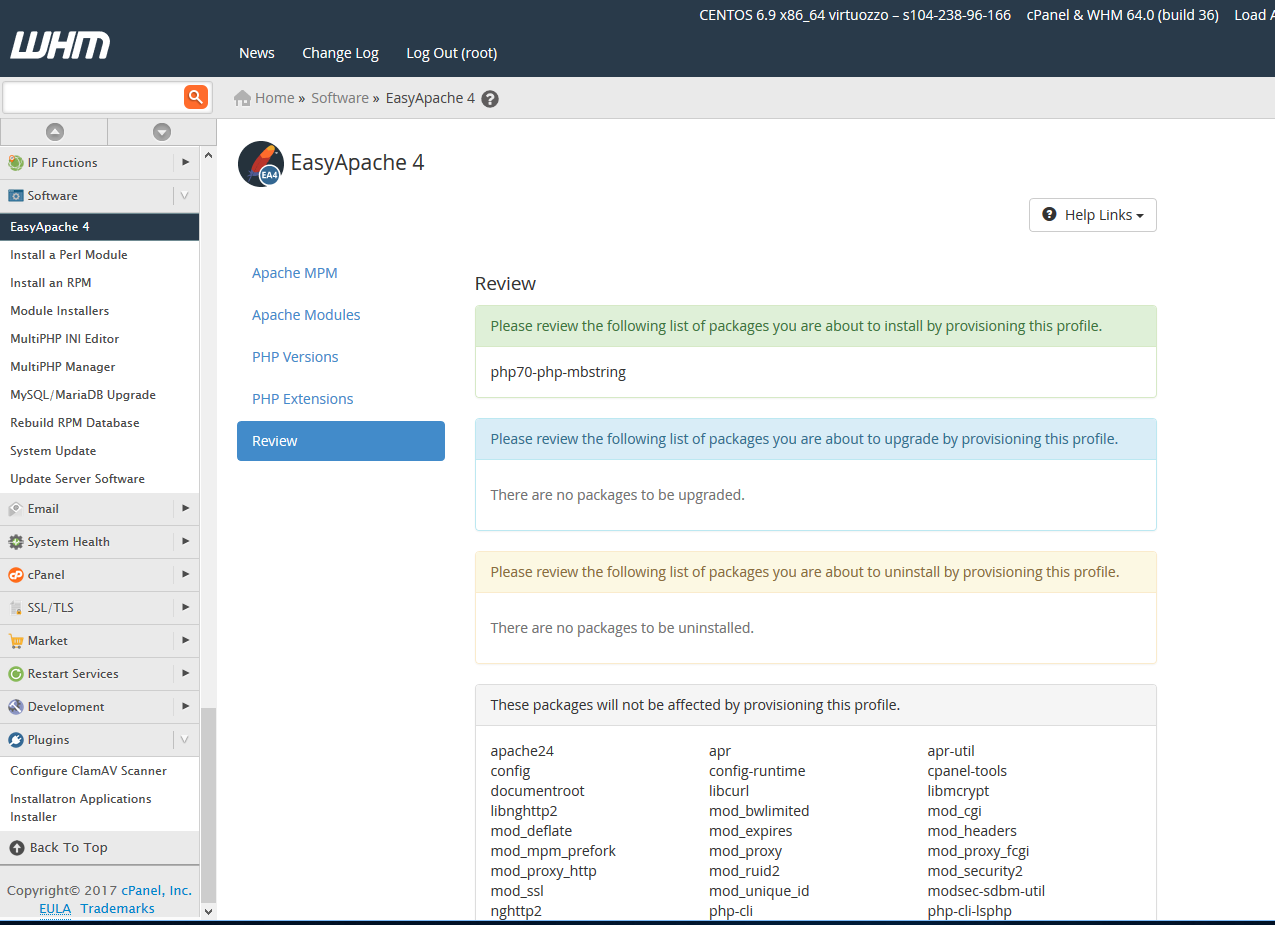EDFAT Photographic Advice
E. D. F. A. T. - Entire, Details, Frame, Angles, and Time.
EDFAT is a method that allows you to fine-tune your photographic vision by applying 5 simple elements.
Organize your vision into 3 categories.
1. The establishing shot
2. The medium shot
3. The close up
E. D. F. A. T.
1 Entire – Shoot the entire scene, get it all. This is the overall view of your subject.
Here is your opportunity to show the environment and context of your work.
Shoot from a distance.
Shoot both horizontal and vertical images.
2 Details – Shoot the detail shots.
Get close.
Aspects and perhaps some abstracts.
Again, shoot both horizontal and vertical images.
If shooting people, try photographing hands, feet, eyes, etc…
3 Frame / Focal Length – Try different lenses and move in and move out.
Shoot the scene from many focal lengths.
Remember to use good composition rules here; don’t center your subjects.
Step forward and shoot, then backup and shoot some more.
Different focal lengths will change the way a scene looks.
Longer lenses will compress perspective while wide angles will tend to separate subjects.
4 Angle – Try different angles … high, low, left, right, behind, above, below…
How does your subject look from a different perspective?
Avoid shooting from eye level. This is too ordinary for the fine photographer.
Remember to turn your camera’s axis. Horizontal, Vertical, Odd Angles?
5 Time – Morning, afternoon, dusk, sunrise. The lighting creates mood and dramatically affects the scene.
Time also refers to shutter speed. Slow shutter speeds will show action blurs while fast shutter speeds will stop the action.
Critiquing Your Own Work
Some years ago Time-Life Books selected 250 photographs for the volume Great Photographers in the Life Library of Photography series.
These photos represented the work of sixty-eight photographers selected from among thousands.
The editors based their definitions of "great" on a combination of factors.
Intent was their first criterion. What did the photographer have in mind, and did he or she achieve it?
When all was said and done, it turned out that the photographers (pros) who set the highest standards for themselves produced the finest body of work.
So, what does it take to compete with the very best? You must measure yourself against the very best.
Step number one is to set high standards. I suggest that when you review your work you should be asking yourself these questions:
1. Is my image sharp (if that was your intention) or is my use of Depth of Field (DOF) what I expected?
2. Is my image well exposed or exposed in the best way to convey my intention?
3. Does my image have a clearly defined subject?
4. Have I eliminated all distractions and unimportant details?
5. Does the image have a definable center of interest?
6. Have I created the illusion of depth?
7. Is my perspective the best for most impact?
8. Have I used the suggestion of motion in its most compelling manner?
9. Is this more successful as a vertical, square, or horizontal composition?
10. Have I made the right choice for this image? Color or Black and White?
11. Have I seen my subject, person place or thing carefully?
12. Does my finished work reflect what I saw in the mind's eye?
Whether we realize it or not, other knowledgeable people will be asking themselves most of these questions when they view your work.
The answers will reveal how effective they think your photography is!
The fine photographer does his/her work on the highest level, with review by peers in mind.
First you must put your heart and soul into it. As fine photographers, it is your opinion that matters most.
Think ... See ... Feel ... -- Be the Fine Photographer!
Mbstring Extension Error Message
August 12, 2017
How I fixed: Your version of php does not have the mbstring extension installed or activated.
This week, I setup a new VPS at GoDaddy. After configuring the server with my DNS and other settings including PHP 7, I created my first Joomla website.
My standard package of Joomla components includes Akeeba Backup. When I launched it, I got this error message.
"Your version of PHP does not have the mbstring extension installed or activated. Having it enabled is a Joomla! requirement. Joomla! and Akeeba Backup will not work properly. Please ask your host to enable the mbstring extension on PHP X.X.xx running on your server."
I did many searches to find old and outdated fixes.
Here is how I fixed it on my VPS using WHM.
1. Launch WHM
2. Go to the Software section (image below)
3. Choose EasyApache 4 (image below)
4. In the Currently Installed Packages Section click the Customize Button
5. Choose PHP Extensions (image below)
In my case, I was seaching for a PHP 7 Extension so I unchecked php55 and php56
6. Scroll through your pages until you find php70-php-mbstring (image below)
7. Install it (Slide the switch to install)
8. Then click Next
9. You'll see Preparing Packages for your review
10. Then click the Provision Button at bottom.
11. Then Done Button
* If you are running an older server, you might see Easy Apache 3 in the software section instead of Easy Apache 4.
This why I decided to go with a new updated server. (image below)
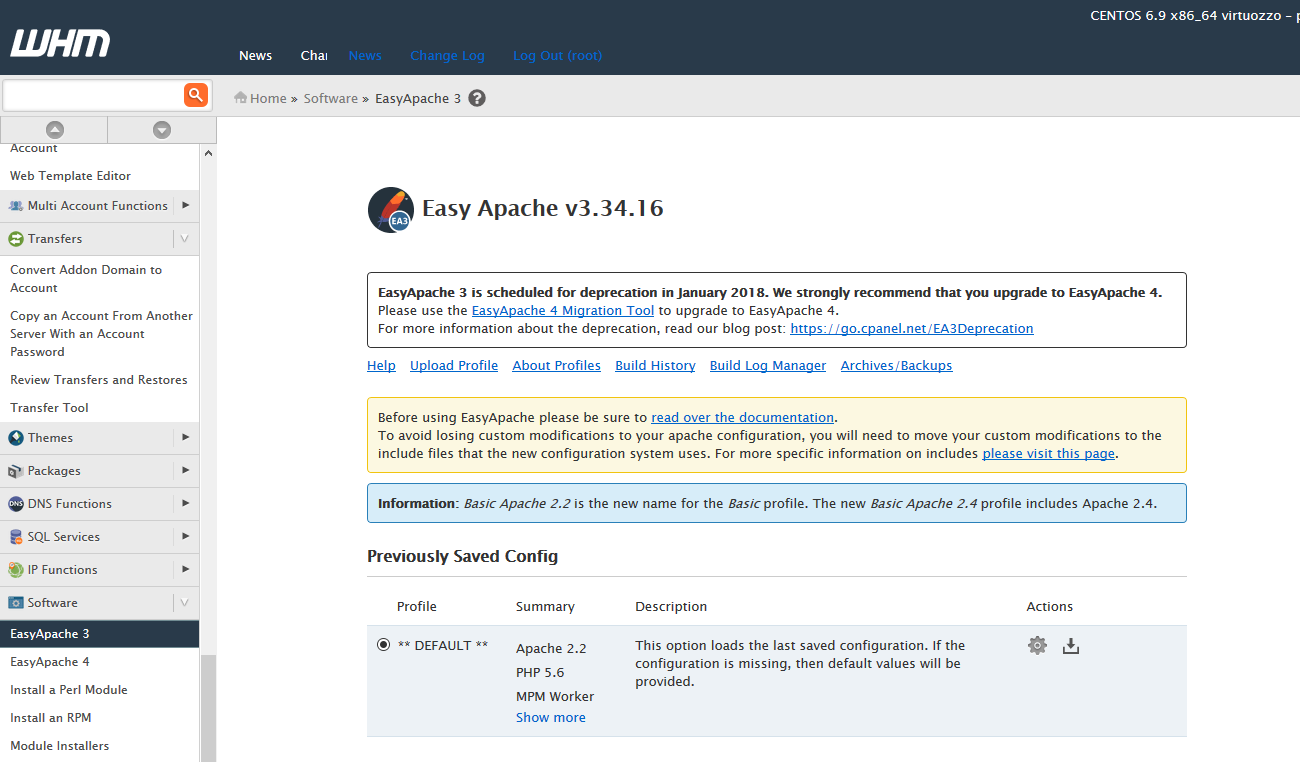
You can still make your changes here but the look may be different from the newer VPS's
Click the Gear icon (Customize Profile)
mbstring will be located in the Exhaustive Options Section.
I hope this helps web admins like myself who encounter these types of issues in their day to day endeavors.
